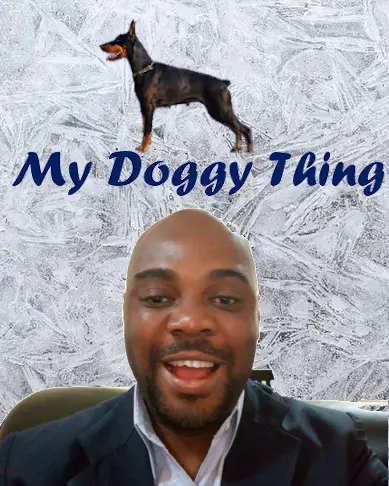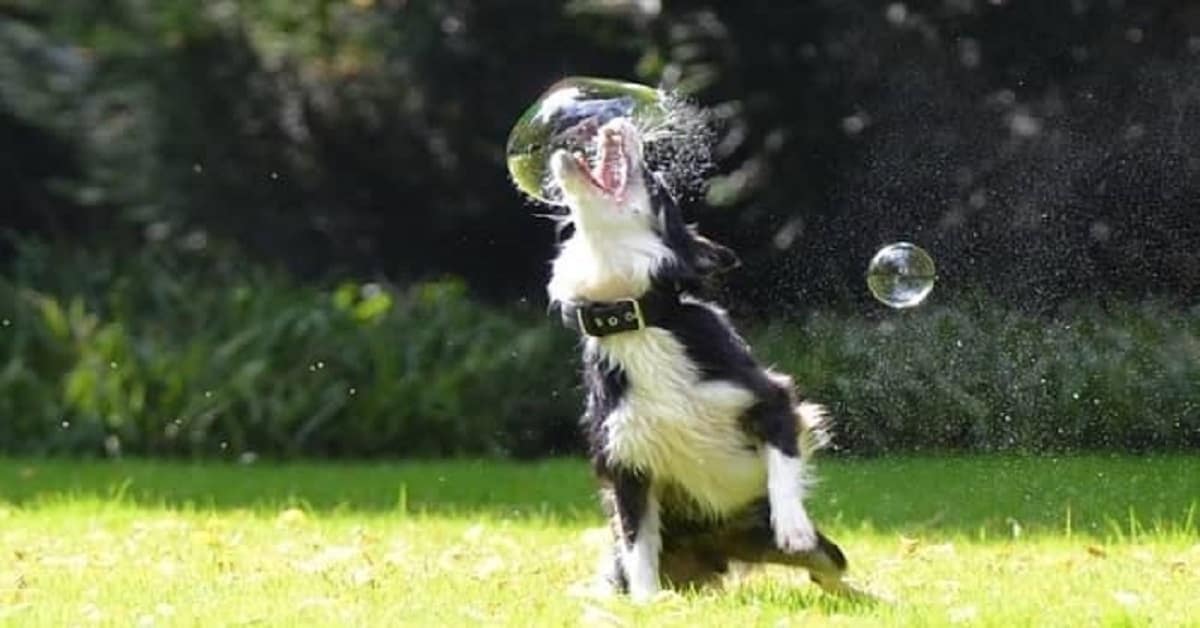If you are here then it’s obvious that your dog has likely chomped down a lump of soap and you are wondering, what do I do now? Believe it or not, dogs eating soap is a common problem faced by pet parents. In recent times soap makers and laundry detergent makers have come under fire because of some of the components used in making their products. These components can have poisonous effects on our dogs.
So what do we do now? What is the best course of action at this very moment?
You basically have two options here:
1: Try to induce vomiting in your dog. This process would take approximately an hour, your dog might feel a little bit of nausea but you will be able to get rid of about eighty to ninety percent of the soap instantly
2: Just let your dog be and manage the diarrhea or vomiting that follows. This will take longer and you would probably need to give your dog more attention during this period.
So you may be asking yourself, how do I induce vomiting in my dog? First of all, do not go into a state of panic. Yes, eating soap can be a little toxic for our dogs. But it is not a life-threatening situation for him or her.
.
.
Now to induce vomiting. You have to start by feeding your dog a full meal. Hopefully, your dog is just like most dogs and likes eating food regularly. If your dog doesn’t fall into this category, you may need to pamper and cajole him or her to eat and fill their tummies with food. After this, you can start the inducing vomiting process by giving your dog a teaspoon of hydrogen peroxide per five pounds of its body weight. (This means that if your dog weighs approximately 25 pounds, he or she will need 5 teaspoons of hydrogen peroxide to induce the vomiting).
After feeding your dog the teaspoon of hydrogen peroxide. Wait for about ten minutes to see if your dog will start vomiting the soap and food together. If nothing happens give her another dosage of the required teaspoons.
Some dogs are perceptive and might realize that you are trying to make him or her vomit. Depending on how they are feeling, they might not play along with you. Mixing the hydrogen peroxide with milk or some other liquid or semi-liquid food substance they like would help to get this into their system and avoid a lot of fuss.
As I said earlier, this should be done in ten minutes intervals. Hopefully, your dog should vomit about eighty to nighty percent of the soap by now. The remaining ten to twenty percent would be passed on naturally. This would be so because some of the lumps of the soap would have been broken down further into tiny bits and would not be easily vomited by the dog.
But these tiny bits are nothing to worry about. Your dog would feel some nausea during this one hour as stated earlier, but in the end, they would probably go around doing their normal activities.
In the unlikely event that your dog does not vomit the soap, you should take them straight to your veterinary doctor. The veterinary doctor would likely give your dog a stronger injectable to force induce the vomiting (that’s for your vet doctor to decide). But in all your dog would be just fine.
It is worth a quick note that this works whether it’s soap or detergent. It will go a long way in relieving your dog from this problem.
This brings us to the second option:
We let the dog be and keep him or her away from the soap for the period. There is really nothing much you can do for your dog here. Just keep a close watch and give as much comfort as you think your beloved pet needs at this time. Of course, this would take a longer time because you are heavily depending on your dog’s natural system to deal with the foreign object (soap or detergent).
He or she would either experience heavy diarrhea or throw up the offending substance depending on their body system at that moment. Unlike option number one, you would not need to manage the fluid loss which your dog would likely experience later. But in all, this second option requires you to give your dog more attention.
There is really no right or wrong approach here, depending on how your dog reacts to the ingested soap bar, it’s your prerogative to do what you feel in right at the moment. Although it would be better advised not to induce vomiting if your dog has ingested detergents or sanitizers.
This brings us to what I feel is the more important question. How do we prevent this from happening in the first place? How do we stop our dogs from eating soap bars and detergents?
Our soap bars and detergents come in very attractive packaging making them more attractive to their potential victims, in this case, our dogs. Even though we stated earlier that ingesting these products are not life-threatening to our dogs. They can still cause some major issues. Dogs that ingest especially these strong detergents can experience chemical burns in their mouth and throats. Some of them are so strong that they can cause damage to your dog’s stomach linings.
As non-life-threatening as these issues may be, if not attended to properly they can lead to more problems for your dog. The more dangerous of these substances are fabric softeners, sanitizers, and disinfectants.
Dogs that have ingested these products tend to display the following characteristics Swallowing frequently, drooling, swollen jawlines, excessive licking, etc.
As you can see, it is not in your dog’s best interest to be eating up these substances. So the best way to keep our dogs from eating soaps and detergent is to hide it from them. Better than hiding it from them is to put it in places where they would be unable to reach them. Soaps and most detergents have sweet and fragrant smells. As you already know, our dog’s sense of smell is very, very heightened. So just hiding these items would not do as they will be inadvertently attracted to them.
Worst still, these soaps and detergents come in very attractive wrappings, making them attractive not just to dogs, but also we the human companions. As much as you can, keep these items locked up. Even when your dogs can locate where these items are kept, they would not be able to get hold of them to eat.
Once you notice that your dog is trying to engage in this harmful activity, it is important that you stop him or her before they make it a habit. A dog that starts eating soap is also likely to try and engage in eating other items (plastics, shoes, furniture, etc.). The best thing you can do for your dog at this stage is to try and shift its attention from these objects (soaps and detergents) to other things designed for play.
Play objects, Kong toys, and chew toys are some of the items that you can use to keep your dog engaged and sway him or her from developing this bad habit.
If for some reason, he or she gives you a slip and engages in the act, and you catch them in the act. Try to startle them. You can spray them will water to discourage them from engaging in the act or the faster way is to make a loud sound with a clap. This should be enough to startle and chase the dog of the current area. When they settle down into any other gainful activity, you can give them a treat and encourage them here. This will help to create positive reinforcement for good habits and a negative reinforcement (in this case soap or detergent eating) for bad habits.
You might not be able to watch your dog all the time, in fact, it is practically impossible to do this. If you are in a situation where you notice that your dog is tilting towards developing the soap eating habit. You may acquire some chemical sprays called dog repellants. These repellants are known to be completely repulsive to dogs but are not harmful to them in the least.
Use these chemical sprays or dog repellants on these soaps, detergents, and other non-food items that you don’t want your dog to be snacking on. They would be very effective in dealing with the issue as your dog would not find the scents from the soaps and detergents arousing enough to want a bite. Of course, you should discuss this first with your veterinary doctor to find the one that bests suits your type of dog.
At the end of it all, it’s up to us to do the best things for our beloved dogs. Keeping things in their proper place (not only soaps and detergents) and maintaining a healthy routine with a dose of doggy love will help to keep your dog safe from many unforeseen dangers.v

Hi, I am Charles Nwankwo Editor-in-Chief, Mydoggything.com. Gleaning from Professional Dog Trainers, behaviorist, Registered Veterinarians, and Breeders. We are passionate about making dog care easy for you. My job is to make sure that you get the best-updated dog care information to understand and take care of your dog or dogs.
